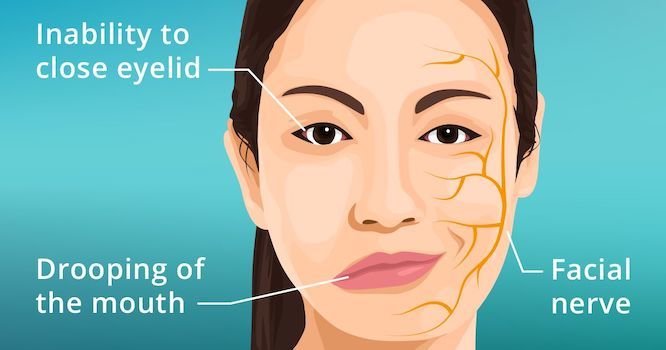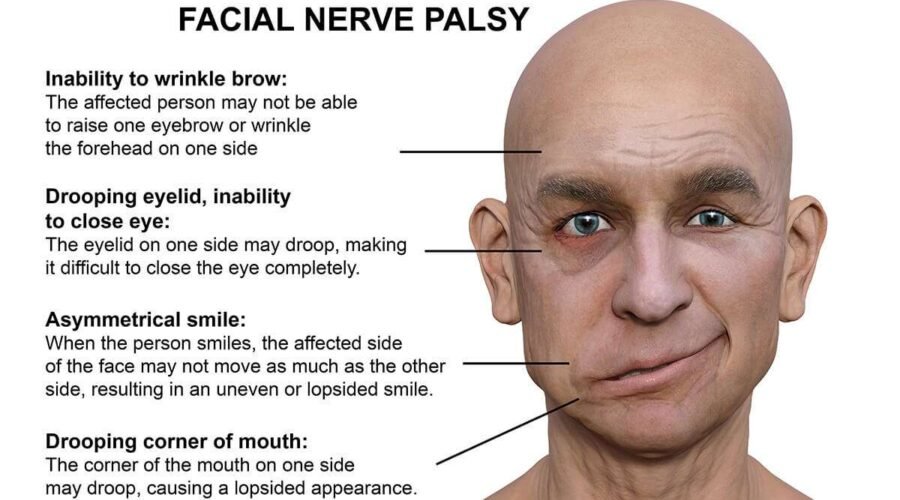Exercises for Bell’s palsy
Exercises for Bell’s palsy are an essential part of physiotherapy for this condition. They help activate nerves and strengthen facial muscles, improving facial expression and promoting healing. Here are some exercises that can be done to help manage the symptoms of Bell’s palsy.
Bell’s palsy is a non-progressive neurological disorder that affects the facial nerve, causing sudden onset facial paralysis or weakness. The exact cause of Bell’s palsy is unknown, but it is often associated with viral infections, immune disorders, and hereditary factors.
The condition is characterized by the sudden onset of facial paralysis that may be preceded by a slight fever, pain behind the ear on the affected side, and weakness on one side of the face.
The symptoms may begin suddenly and progress rapidly over several hours and sometimes follow a period of stress or reduced immunity.

